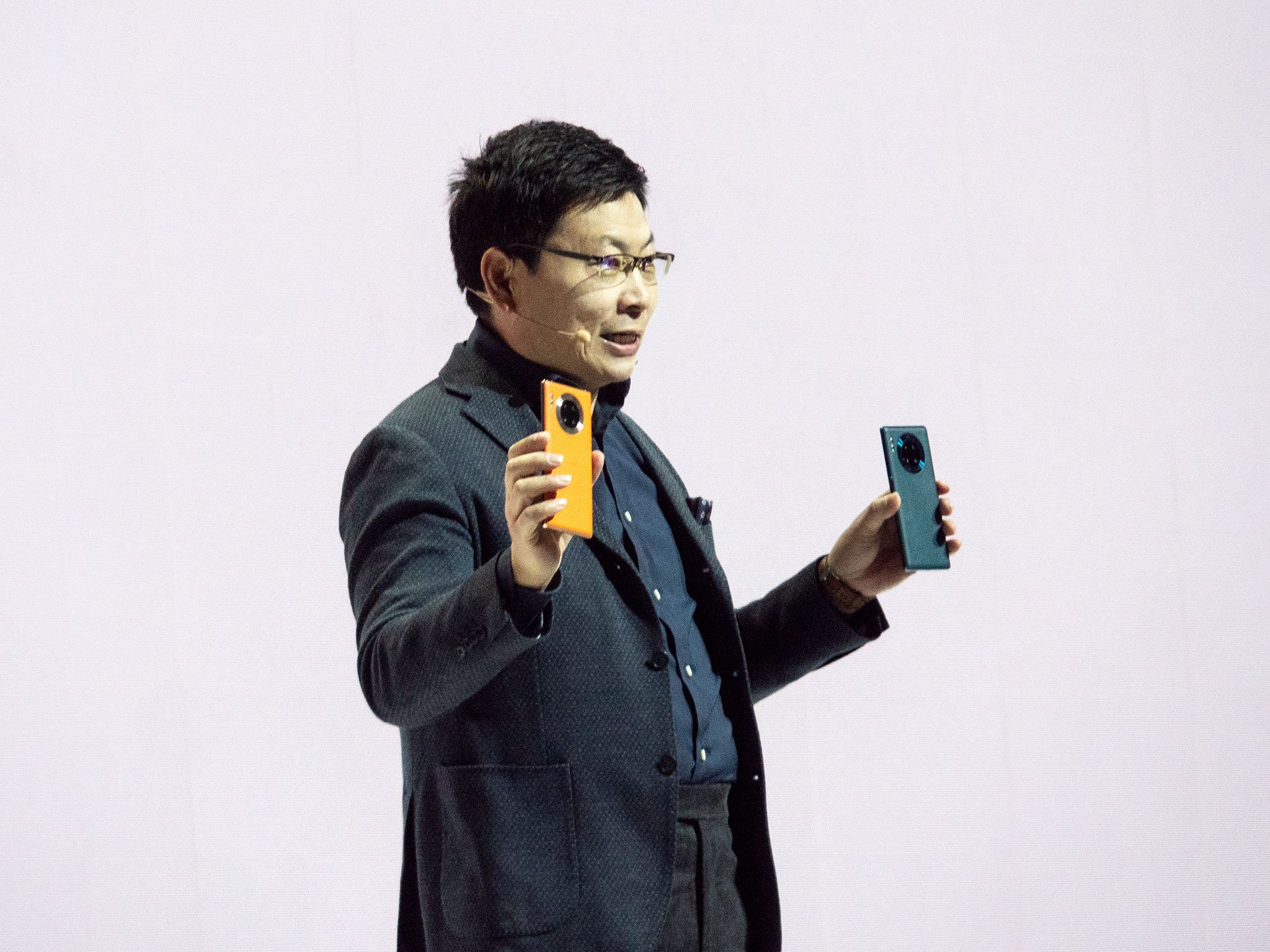Huawei, and China, are big producers and consumers respectively. Any smaller player with a small market segment would be insignificant. There’s no doubt Huawei produces great phones and if users get the apps they want to use, we may well see Android splitting down the middle if Huawei produces a new OS of their own. But it seems Huawei may be opting for their EMUI OS which is based on Android 10 and 100% compatible with all Android apps. All they will then be doing is establishing their own app store for developers to publish directly to and users would install most of their usual apps from this new store, just as they normally would have done in the past from the Google Play Store, or like Samsung users do from the Samsung store already. There are already alternative app stores that anyone can use such as F-Droid and Aptoide on existing phones.
This does not solve the problem of installing Google apps such as Google Maps, Google Drive, etc and it will be interesting to see how Huawei solves this hurdle. Custom ROM providers have also never been able to distribute the Google apps with their installations but most users wanting them flash GApps and have their use in that way (as I’ve done numerous times myself). Without this sideloading users would lose the Google apps altogether.
Seeing that the base Android is open source software it will be good to see the Android base still used for compatibility but we have seen smartwatches breakaway before from Wear OS and they never went out of business as long as users got the functionality they were looking for.
#huawei #android
#^Here’s how Huawei plans to replace Google services on its new phones
Huawei is outlining its plans to launch the Mate 30 series, and other upcoming devices, without Google services.

